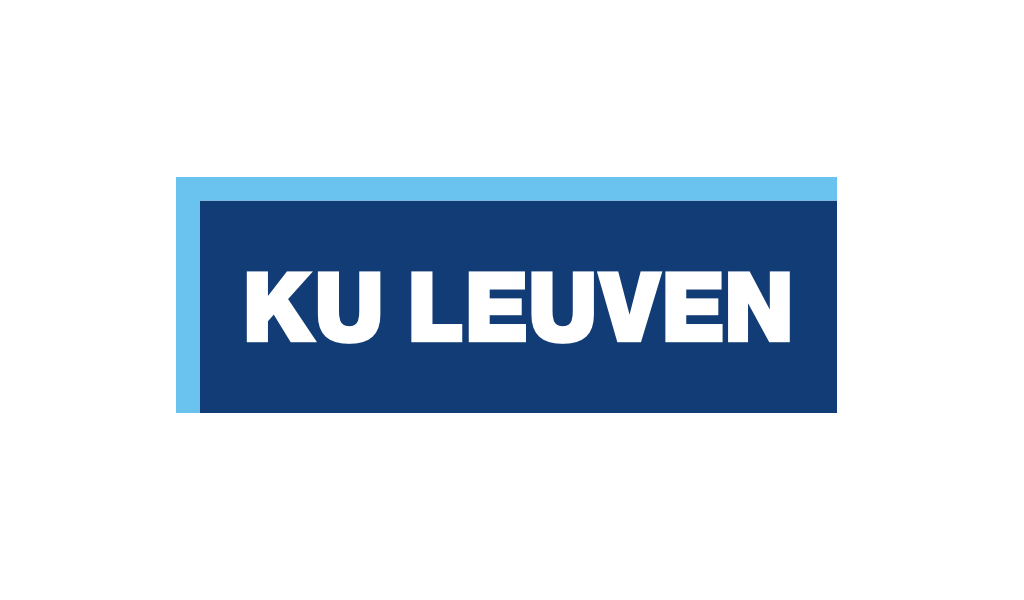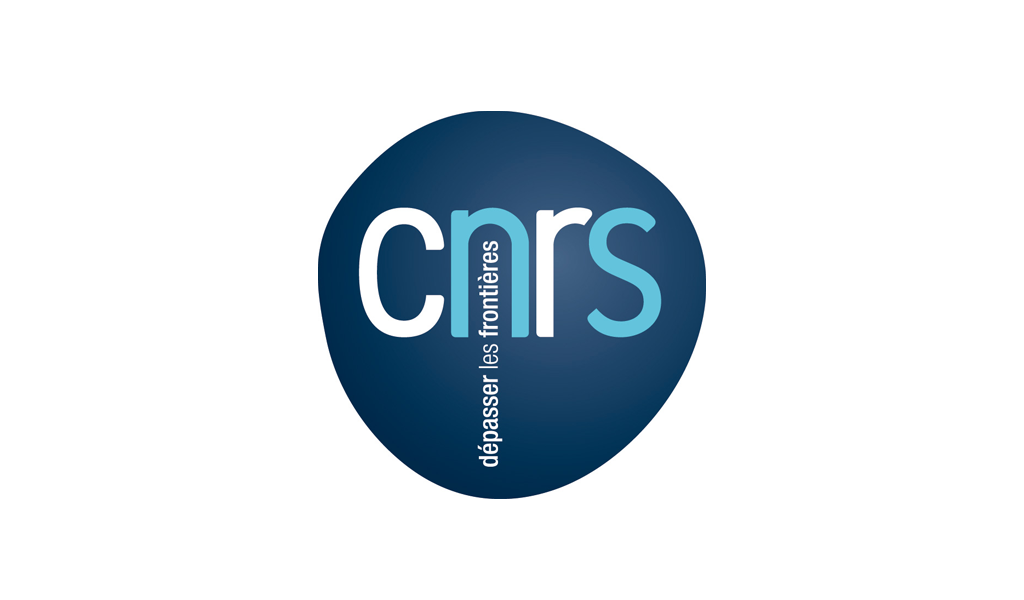APPROACH
Research Methodology
Due to the interdisciplinary nature of the research program fellows will follow different approaches and apply a variety of methodologies. Physical modelling usually employs numerical methods like Finite Element Methods (FEM) or Finite Difference (FD) schemes for solving the governing differential equations.
Due to numerical limitations and analytical simplifications it is always essential that numerical simulation results are validated experimentally. The simulations often require model parameters which cannot be known exactly and which have therefore to be determined from experimental data using an inverse modelling approach. Computer optimization is often a good and stable way to reconstruct unknown model parameters based on measured data sets Alternatives to structural simulations of virtual objects are ambisonic recordings of sound fields at given listener positions and measurements of sound fields radiated from certain objects like musical instruments.
Other methods include sound source isolations or sound source localisation in case of interactive VR audio.
Room acoustics modelling requires hybrid methods combining optimized approaches for different scales of wave lengths and complexity such as wave-based methods, geometric or statistical methods.
Audio rendering requires the combination of many time-varying transfer functions, proven perception models and ultrafast convolution techniques. Ultrafast computing can be done on GPUs providing thousands of parallel processing cores and fast shared memory using standard programming languages like C++ or Python or prototyped in MATHEMATICA, MATLAB, OCTAVE or LABVIEW.
Work packages
The research work packages (WP) reflect the methodologies which their related research tasks have in common. Three WPs have been assigned to the processing steps “Physical Modelling”, “Sound Propagation” and “Audio Rendering”. A fourth one has been added for the research on “Human Perception”
WP 1
“Near field sound of sources: structural vibration modelling, surface sound reconstruction”
WP1 includes structural simulations in frequency and time domain with a focus on realistic and computationally efficient sound synthesis of near field sound represented by surface velocities. WP1 calculates the velocity boundary conditions for WP2.
WP 2
“Sound propagation, far field sound, room and environmental acoustics modelling”
WP2 works on an efficient hybrid approach for the simulation of sound propagation in an environment, looking for the best way to combine the advantages of wave-based methods, geometric methods and statistical methods.
WP 3
“Near field of listener, HRTF, audio rendering, wave field analysis, ambisonics”
WP3 includes binaural rendering for headsets and wave field synthesis for speaker arrays as well as hardware challenges related to the whole processing chain. It will also deal with wave field analysis which means recording of spatial sound fields for later playback or binaural rendering.
WP 5
“Training”
The training program includes:
- mandatory basic trainings providing knowledge in general acoustics,
- training through individual research projects
- advanced trainings, individually selected by the ESRs
- transferable skills trainings
- network-wide training events
- public tutorial courses
- conferences















